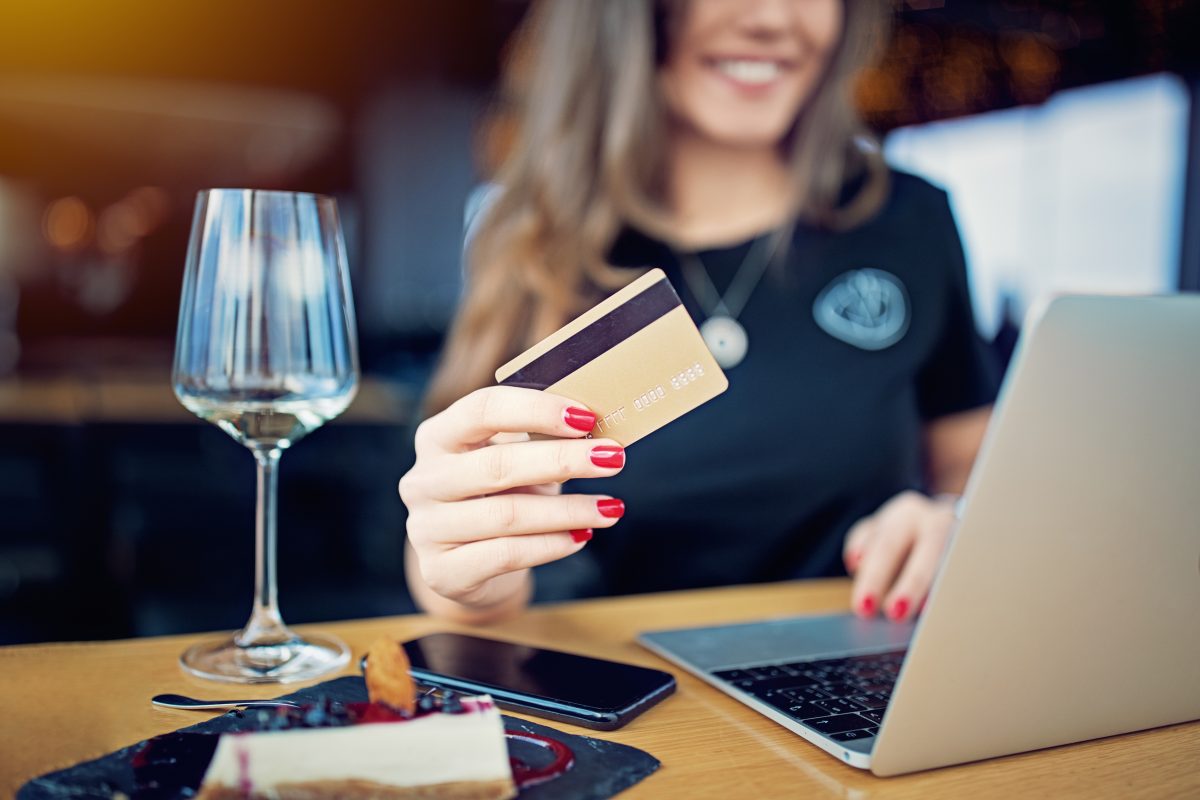According to a recent report from Euromonitor International, wine accounts for 37 per cent of online alcohol sales, compared to 23 per cent of in-store sales.
However, the e-commerce space is a diverse one, including one-off postal deliveries, subscription services, click and collect, and quick-commerce, through platforms such as Uber Eats and Menulog. For this reason, retailers have had varying experiences with e-commerce wine sales.
One of the benefits of e-commerce is that consumers have access to a lot more information about the wines they are looking to buy, as Ben Braun, Independent Liquor Group’s E-commerce Specialist and POS Liaison, explained.
“In this day and age, people have so much access to information in the palm of their hand. Researching a wine or vineyard, and then the assurance that the wine is stocked and available at a particular store makes click and collect and delivery via an online shop a growing and attractive method of liquor sales,” said Braun.
For Paul Heilman, owner of Top Cellars, wine plays an even larger role in both brick-and-mortar and online sales than indicated in the Euromonitor report.
“In fact, we do more wine sales online than the report’s percentage suggests, and our in-store wine sales are also strong,” he said.
The report indicated that small and independent retailers are particularly successful in wine e-commerce. In part, this success is due to the unique and region-specific wine ranges carried by independent retailers.
“The more unique the store’s range, the more that can help to drive sales from customers from outside the local radius. The online store can transcend the geographical challenges, and a consumer may have stumbled across the store while Googling a particular brand or category,” Braun explained.
This has been the case for the Lane Cellars, with Central Western NSW wines making up 70 per cent of the store’s wine offering.
“Our online store is growing well, with a lot of the customers having visited the [Central West] region, and buying mixed cases of local wines via our website,” owner David Cumming explained.
Heilman has found that the in-store experience that customers have with independent retailers can lead to loyalty in the e-commerce sphere.
“In the quick-commerce landscape, we are in competition with all the online and national players, but we’ve noticed that our loyal customers often choose us over larger retailers. Many of them express their gratitude when they visit our physical stores. The personal touch and relationship with our customers is something we value, and our teams find it gratifying to receive feedback from them. E-commerce can sometimes lack that personal touch, but we strive to bridge that gap,” Heilman says.
Euromonitor suggests that the prevalence of wine e-commerce indicates that wine is less likely to be an impulse purchase, but retailers that spoke to National Liquor News had differing opinions. Braun from ILG agreed with the Euromonitor findings.
“The complexities of wine and the occasion they are buying for, whether it’s for pairing with a meal or a special occasion, all factor into why wine is less likely to be an impulse decision,” Braun explained.
On the other hand, Heilman has found that wine plays a prominent role in impulse-driven quick-commerce at Top Cellars.
“The online and digital platforms seem to encourage different buying behaviours compared to in-store shopping,” Heilman said.
Because of this, Heilman emphasised the importance of delivering wines as they should be drunk when it comes to quick-commerce.
“If people have friends over, they don’t want a hot bottle of Chardonnay – it’s like ordering a pizza that is delivered cold,” he said.
Over the coming years, Braun expects the e-commerce space to continue to grow as more stores introduce e-commerce sites and existing sites become more sophisticated and integrated.
“This will only grow the range and availability of wines online and also make the online market more competitive,” he says .

